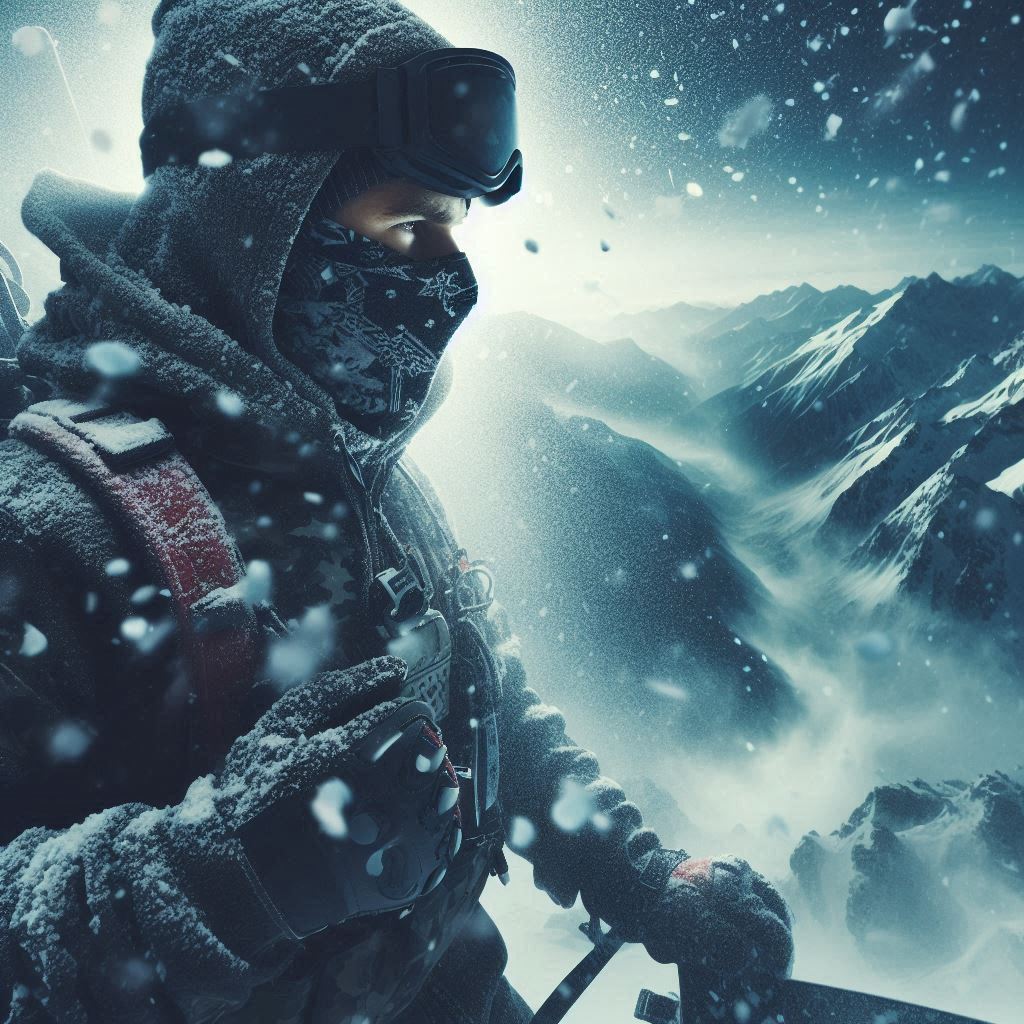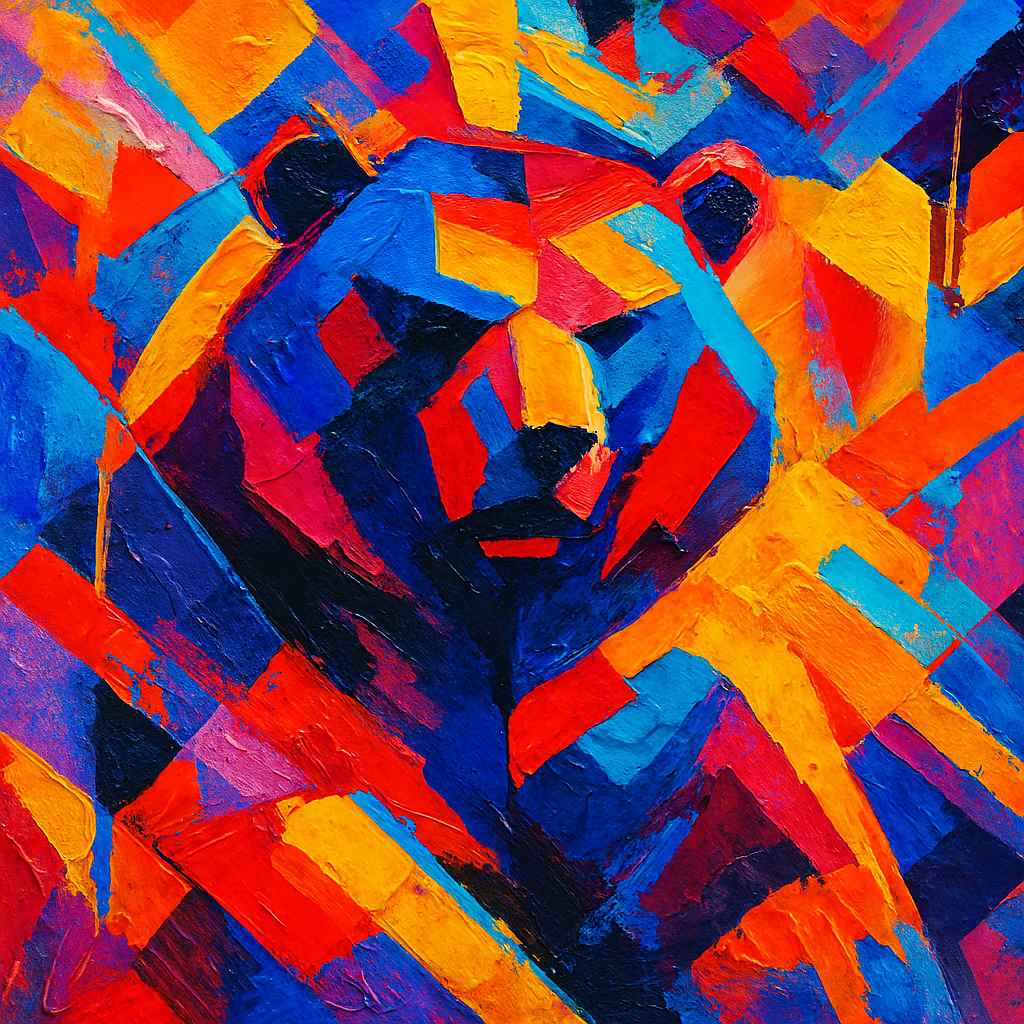The Thrill and Complexity of Snow Sports
The Diverse World of Snow Sports
Snow sports encompass a wide array of activities such as skiing, snowboarding, ice skating, and sledding. These sports are not only exhilarating but also demand a unique set of skills and equipment. Unlike grass or indoor sports, snow sports are deeply intertwined with the natural environment, which adds to their allure as well as their complexity.

Equipment and Gear
Specialized Equipment
One of the most noticeable differences between snow sports and other types of sports is the necessity for specialized equipment. For example, skiing requires skis, boots, and poles, while snowboarding necessitates a snowboard and specific boots. These pieces of equipment are engineered to function optimally in cold, snowy conditions, making them more specialized than those used in grass or indoor sports.
Protective Gear
Safety is paramount in snow sports, hence the need for robust protective gear such as helmets, goggles, and padding. The unpredictable nature of snowy terrains and the high speeds at which these sports are often performed make these protections essential.

Environmental Factors
Weather Conditions
Snow sports are highly dependent on weather conditions. Unlike grass or indoor sports, which can often proceed in varying weather, snow sports require specific conditions such as adequate snowfall and suitable temperatures. This dependency can make planning and participation more complicated.
Terrain and Landscape
The landscapes used for snow sports, such as mountains and frozen lakes, are inherently more variable and unpredictable than flat, controlled environments like fields or indoor courts. This adds a level of complexity as athletes must constantly adapt to the changing conditions.
Skill Set and Physical Demands
Technical Skills
Snow sports demand a unique set of technical skills. For example, skiing and snowboarding require the ability to navigate slopes at high speeds, maintain balance, and make quick, precise movements. These skills are different from those required in grass or indoor sports, which often focus more on endurance and team coordination.
Physical Conditioning
The physical demands of snow sports are also distinct. The cold environment requires athletes to have strong cardiovascular health to maintain body temperature and stamina. Additionally, the uneven terrain and high-intensity nature of these sports demand exceptional strength, agility, and reflexes.

Safety and Risks
High Risk of Injury
Snow sports come with a higher risk of injury compared to many grass and indoor sports. The combination of high speeds, hard surfaces, and unpredictable elements increases the likelihood of accidents. This necessitates not only physical preparedness but also a strong emphasis on safety measures and training.
Emergency Preparedness
Due to the remote and often harsh environments where snow sports take place, emergency preparedness is crucial. Athletes and organizers must be equipped to handle emergencies such as avalanches, frostbite, and hypothermia, adding another layer of complexity to the sport.
Economic and Logistical Challenges
Cost of Participation
Snow sports can be significantly more expensive than grass or indoor sports. The cost of specialized equipment, lift passes, and travel to mountainous regions can add up quickly. This economic barrier can limit access to snow sports for many individuals.
Accessibility
The locations where snow sports are practiced are often remote and difficult to reach. This makes accessibility a major challenge, especially for those who do not live near mountainous regions. In contrast, grass and indoor sports can usually be played in more easily accessible areas.
Community and Culture
Social Dynamics
Snow sports have a unique community and culture. The camaraderie among enthusiasts is often strong, and many people form lifelong friendships through these activities. This sense of community is a significant aspect of what makes snow sports special.
Cultural Significance
In some regions, snow sports are deeply ingrained in the local culture. For example, skiing and snowboarding are integral to the lifestyle in many Alpine countries. This cultural significance adds another layer of depth and meaning to these activities.
Technological Advancements
Innovations in Equipment
Technological advancements have played a crucial role in the evolution of snow sports. Innovations in equipment design and materials have improved performance, safety, and accessibility. These advancements continue to push the boundaries of what athletes can achieve.
Impact of Digital Technology
The advent of digital technology has also influenced snow sports. High-tech gear, such as GPS-enabled devices and performance-tracking apps, helps athletes monitor their progress and improve their skills. Additionally, social media has allowed snow sports enthusiasts to connect and share their experiences with a global audience.

Environmental Impact
Ecological Concerns
Snow sports can have a significant environmental impact. The construction and maintenance of ski resorts, for instance, can lead to deforestation and habitat disruption. Additionally, snowmaking processes consume large amounts of water and energy.
Sustainable Practices
In response to these concerns, many snow sports enthusiasts and organizations are adopting more sustainable practices. Efforts to reduce carbon footprints, promote eco-friendly equipment, and support conservation initiatives are becoming increasingly common in the snow sports community.
Conclusion
Snow sports, while offering unparalleled excitement and thrill, are inherently more complex than grass or indoor sports. The need for specialized equipment, the influence of environmental factors, the unique skill sets required, and the heightened safety considerations all contribute to this complexity. For those who embrace the challenge, snow sports offer a rewarding and exhilarating experience unlike any other.
Join the Discussion
Snow sports offer a unique combination of thrill, challenge, psychology and natural beauty. Have you experienced the rush of skiing down a mountain or the serenity of ice skating on a frozen lake? Or perhaps you have insights into the environmental and economic aspects of snow sports?














Why Do Some People Dislike Sports Or Just Hate It - Crickky
[…] sports participation. Individuals who are highly focused on their studies may not have the time or energy to engage in sports activities. This focus on academic achievement can lead to a lack of interest in […]